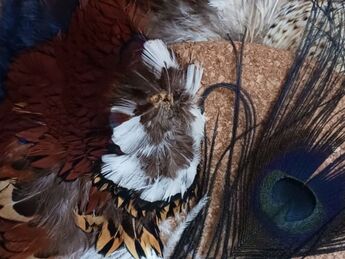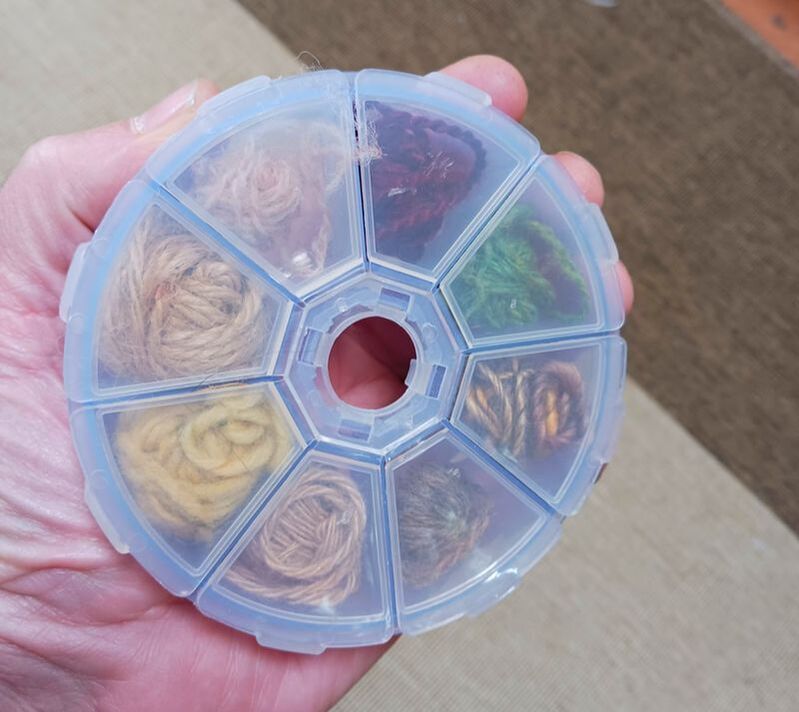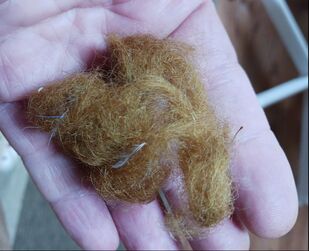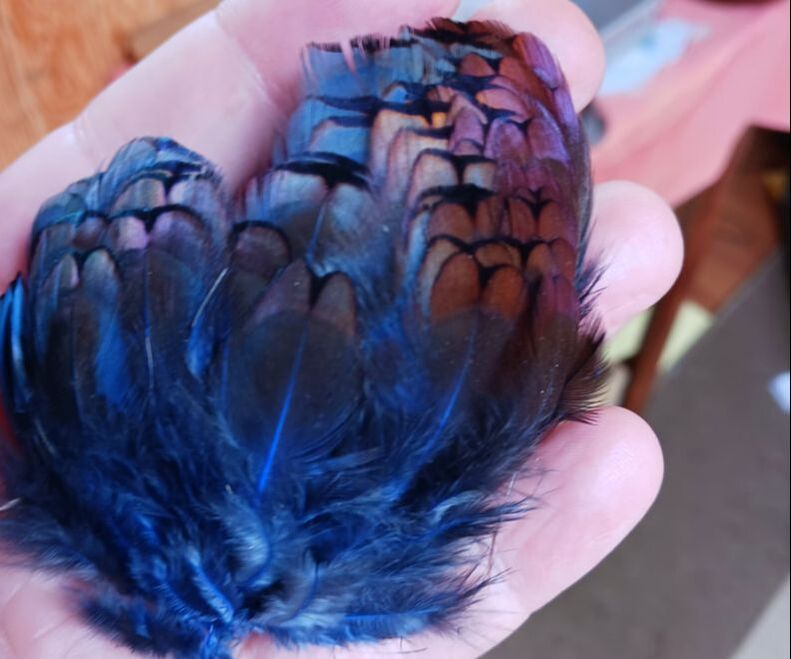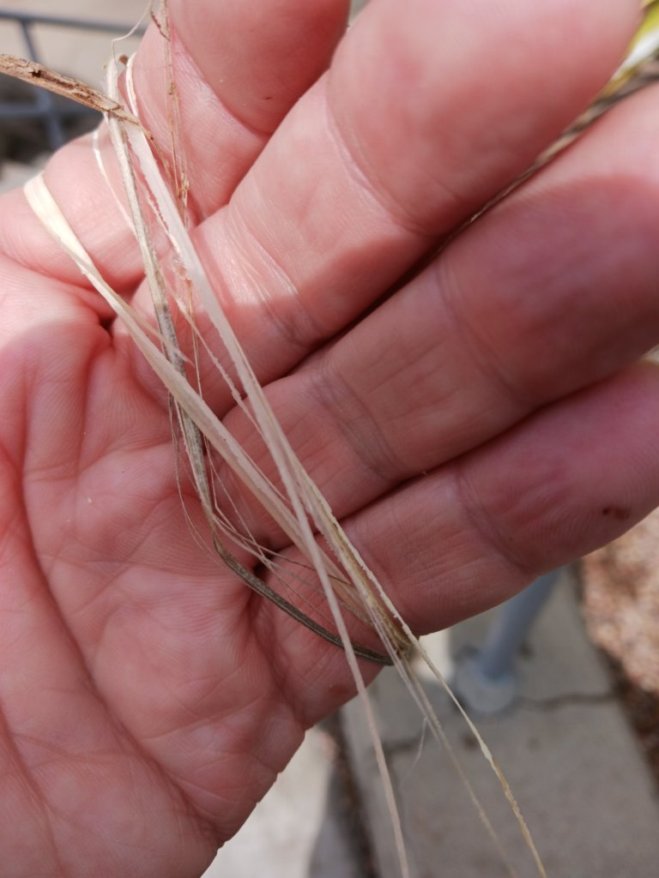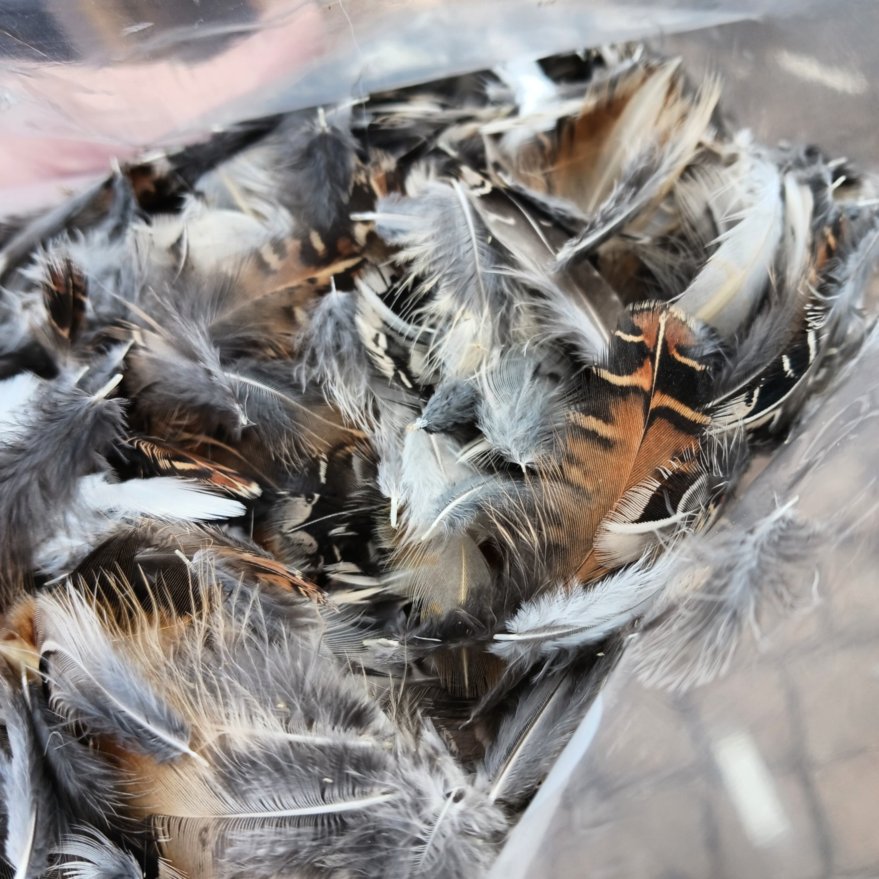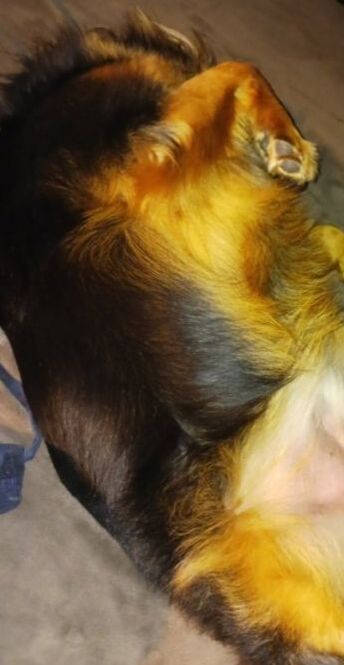0 Comments
Leave a Reply. |
PATH NOTES
Learn cool things: Recipes, hacks, gear, instructional videos, and more! Have something you want to share? A cool hack? A recipe or trick you use when out in the field?
Past post
March 2024
Categories |
